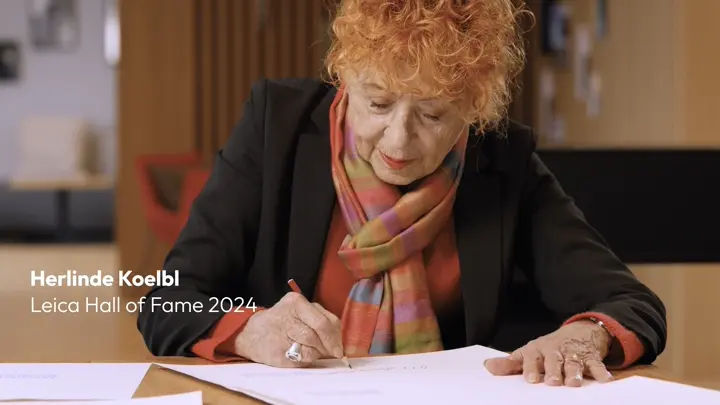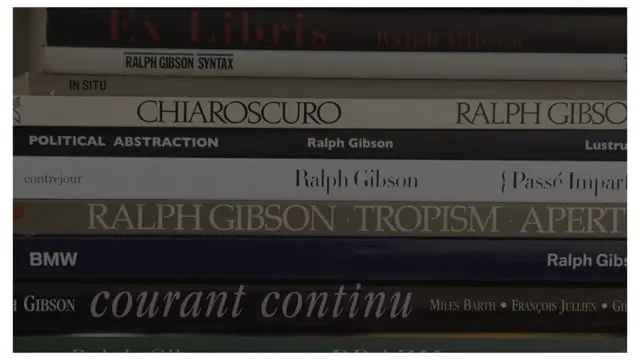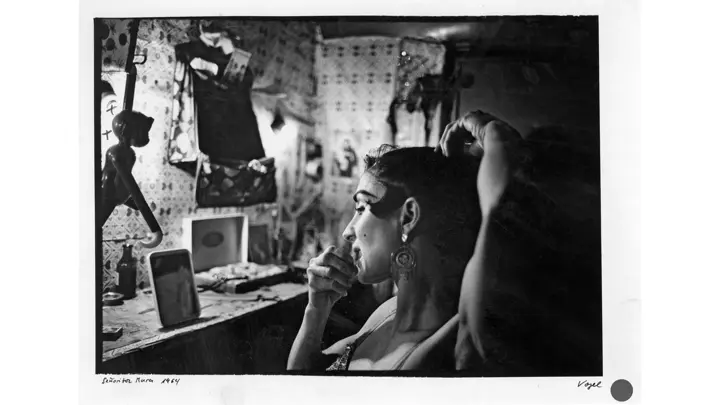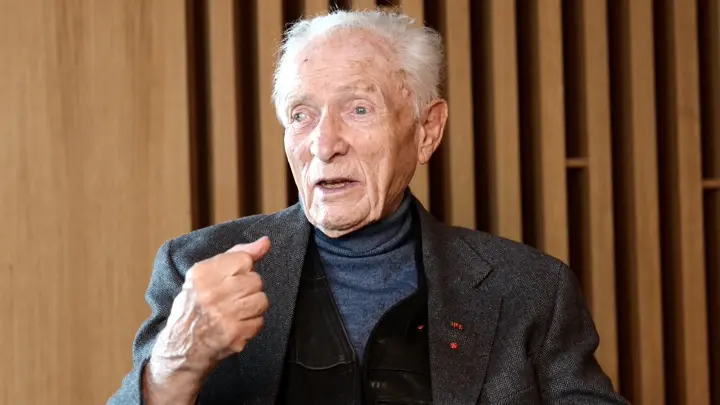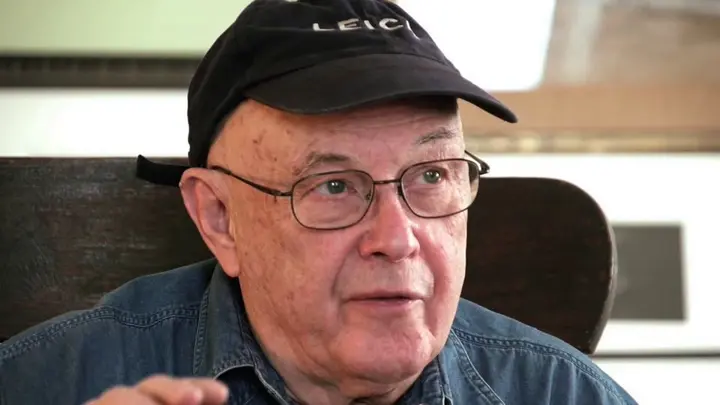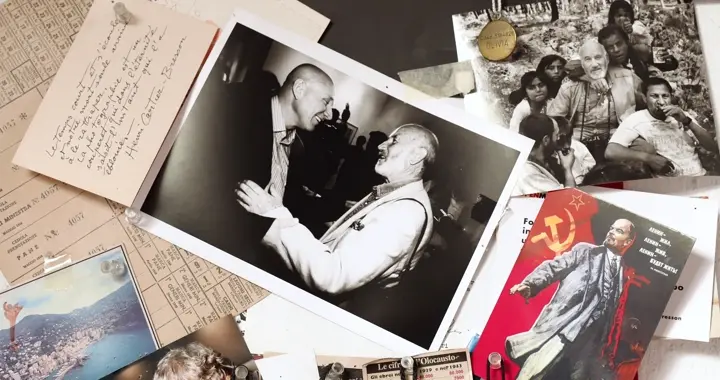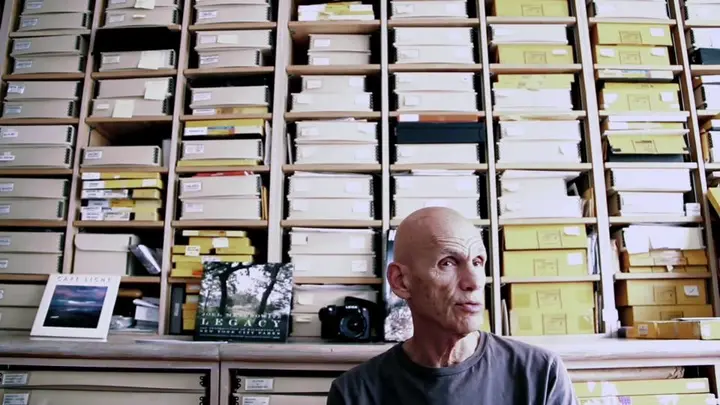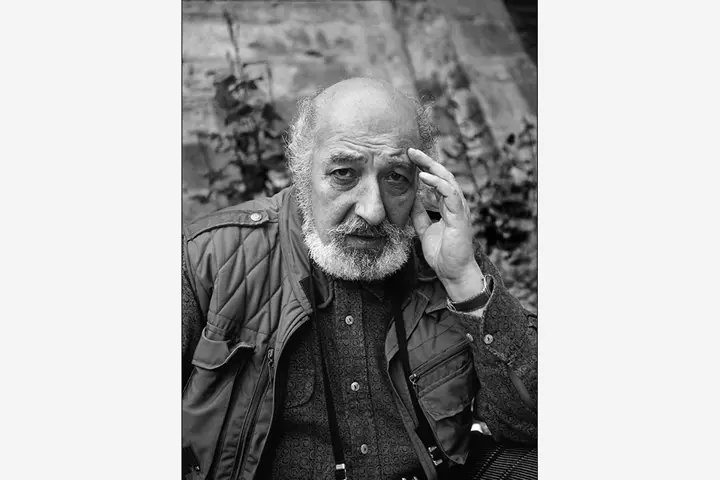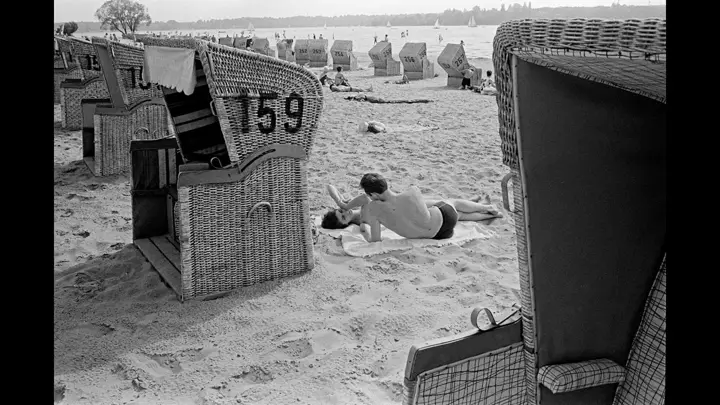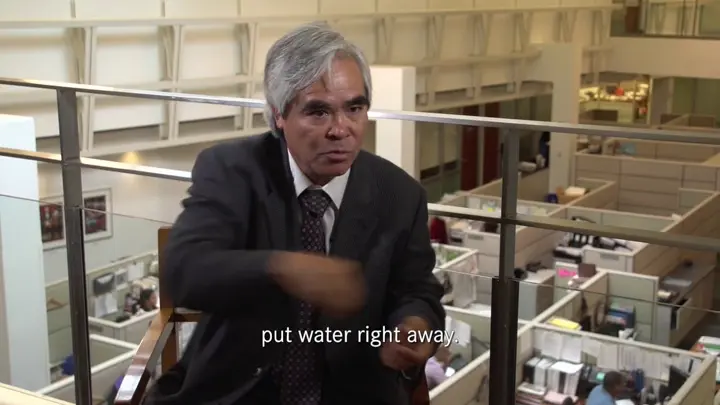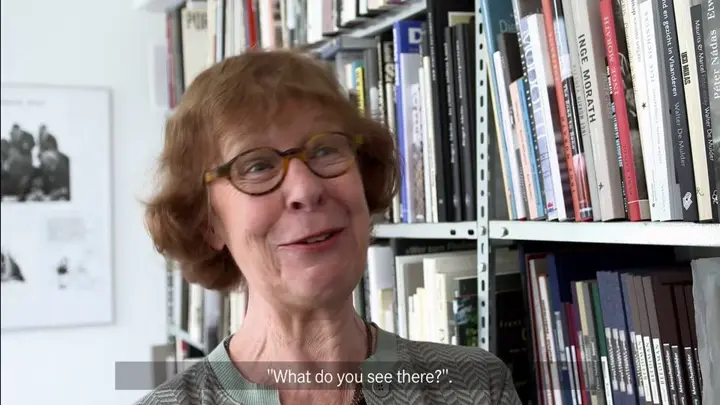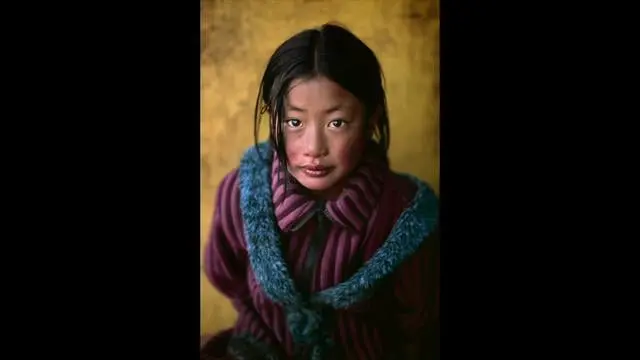Leica Hall of Fame Award
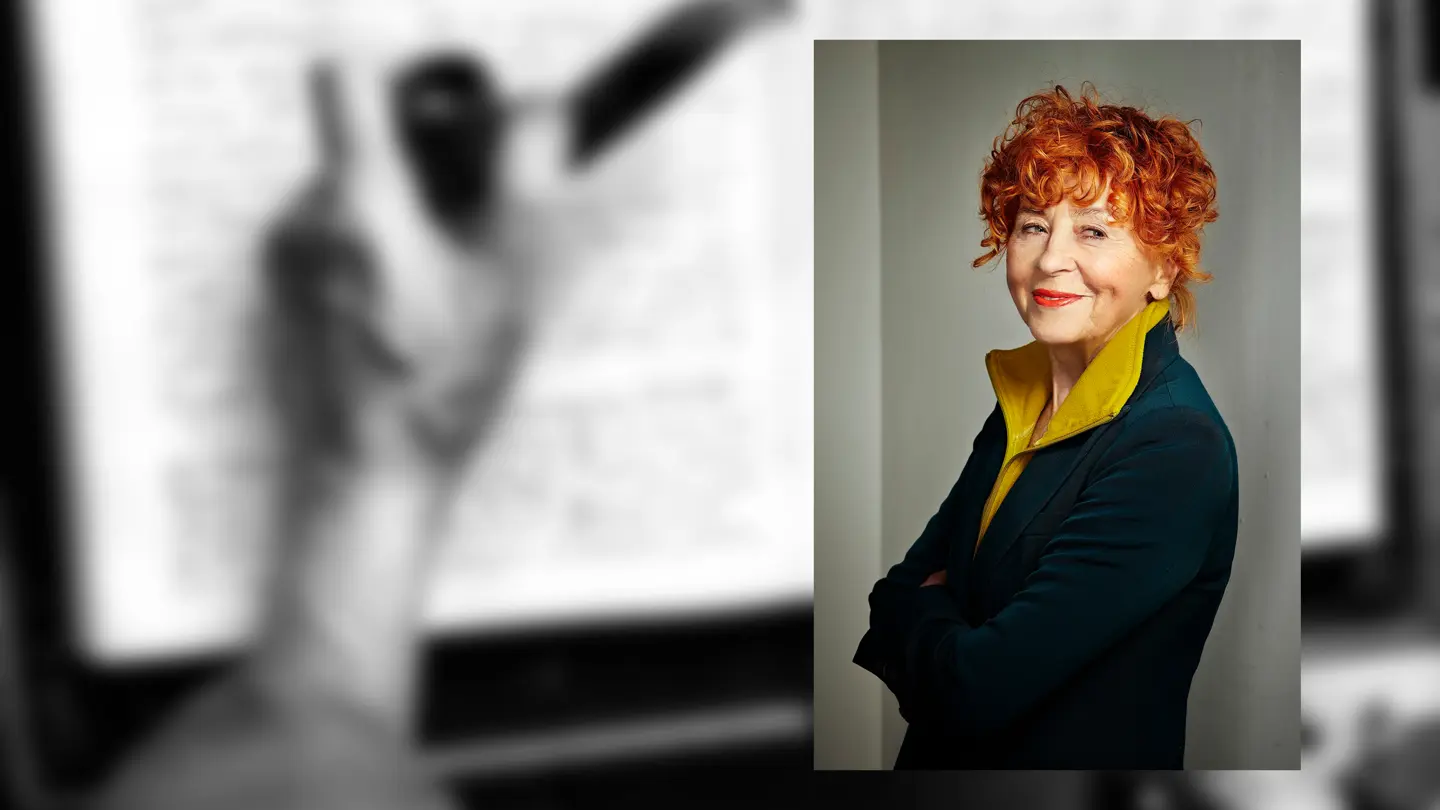
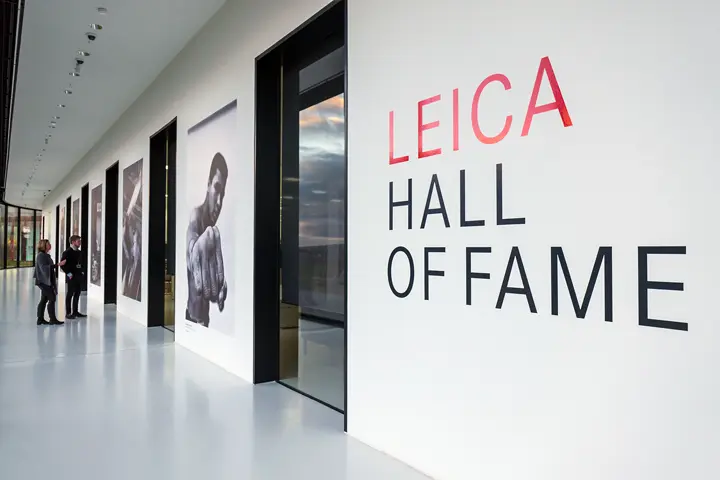
Hall of Fame Award Winners
The Leica Hall of Fame Award stands in a tradition of earlier awards initiated by Leica Camera AG to honour outstanding photographers. The prize is awarded to photographers who have rendered outstanding services to the Leica brand and to the genre of photography. The prize shall be awarded sporadically without competition and without the decision of a jury.
Photographers honored with the Leica Hall of Fame Award
Herlinde Koelbl
Herlinde Koelbl was born on 31st October 1939 in Lindau. After first studying fashion, it was in the mid seventies that she discovered photography as her creative medium of expression. She subsequently began to work on assignments for magazines, as well as creating an enormously productive series of publications of her own long-term photographic projects, which were often accompanied by interviews. Some of the projects also resulted in documentary films. Her sensitive and often philosophical interviews appeared regularly in the ZEITmagazin. Her 35mm-range work was primarily carried out with Leica cameras, and her medium format with a Hasselblad. Koelbl has published more than 20 photo books and has received numerous awards, including the Medal of Excellence (1987), the Dr Erich Salomon Prize of the DGPh (2001), the Order of Merit of the Federal Republic of Germany (2009) and the Bavarian Order of Merit (2013). She lives and works in Neuried near Munich.
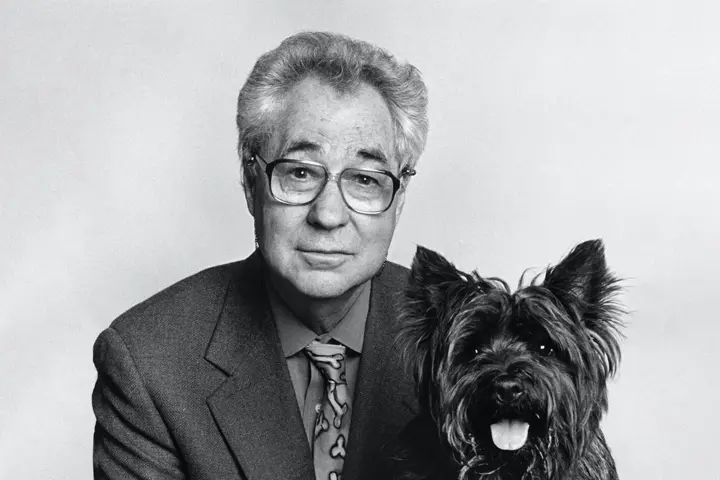
10 New York City, USA 1999 © Elliott Erwitt_MAGNUM PHOTOS
Elliott Erwitt
“I don't take pictures of dogs. To me, dogs are people.”
Elliott Erwitt is considered one of the world's best-known photographers. His works, which are mostly in black and white feature not only prominent personalities but also memorable moments in contemporary history, are considered modern masterpieces of photography. As a self-confessed dog fan, the four-legged friends also play a special role in his photographic work. The subtle humor in many of his images is Elliott Erwitt's trademark. He was born in Paris on July 26, 1928, the son of Russian immigrants, and spent his childhood in Milan. In 1939 the family emigrated, via France, to the USA. The passionate cosmopolitan returned again and again to the metropolis on the Seine, the scene of some of his first photographic excursions in the 1940s and the founding headquarters of the Magnum - always with his Leica.
Ralph Gibson
“I never wanted to imitate reality. Photography should abstract, go beyond reality, put it in a different context.”
His clear, precise visual language is unique. Abstract, surreal-metaphysical aspects are typical. In over sixty years, a fascinating, dense body of work consisting of individual motifs, series and illustrated books has been created using a wide variety of Leica cameras. Influenced by Dorothea Lange and Robert Frank, whom he assisted in the 1960s, Gibson (born 1939) developed a personal aesthetic based on strong contrasts, graphic precision and visual suggestion through his encounters with European film, literature and music. He has published his work in numerous photo books. In addition to working as a photographer, Gibson also became an important promoter of artistic photography as a publisher.
Walter Vogel
“A photo needs to have something magical about it. It is only then that the special atmosphere of the picture invites the viewer to linger.”
The subjects in his repertoire are very diverse and his style is unmistakable. Whether as a chronicler of Germany’s Ruhr district, a globe-trotting travel photographer, a delighted circus-goer, a night-owl travesty photographer, or a lover of espresso coffee – it is easy to recognise Walter Vogel as the chronicler of an era; a classic photo reporter whose experienced eyes and perfect precision produced unforgettable picture motifs. With an imagery defined by authenticity, precision, and an at times sublime sense of humour, Vogel (born 1932) is one of the greatest German Leica photographers of the analogue era.
Jürgen Schadeberg
“Photography is history. There are certain moments that we don’t see unless we photograph them.”
Whether it was the picture of Miriam Makeba singing, or the image of Nelson Mandela looking out through the bars of his former prison cell, the photographer (1931–2020) was responsible for producing some iconic pictures that remain legendary to this day. As a photojournalist and representative of “life photography,” he was a humanist in the best sense of the word. He always encountered the people he portrayed with sympathy and respect, regardless of their nationality or skin colour. Born in Berlin, the photographer was drawn to South Africa in 1950. Not least through his work for Drum magazine, he became the chronicler of an era until he had to leave South Africa in 1964. He did not return until 1985 and photographed his second chapter of South Africa until 2007.
Bruce Davidson
“I don’t consider myself a documentary photographer – documentary photographer suggests you just stand back, that you’re not in the picture, you’re just recording. I am in the picture but I am not the picture.”
He is one of America’s most important photographers – many of his pictures have written history. His eye is incorruptible: critical, sensitive, empathetic and always respectful of the people he portrays. With passionate dedication, Davidson (born 1933), who now lives in New York, got involved with the subjects and the protagonists of his stories, often accompanying them over long periods of time. Characterised by his personal views, the photographer’s images consequently always also convey a moral stance that elevates his work far beyond mere documentation.
Gianni Berengo Gardin
“I live through my photography. That has been my real education. It gives me the drive and the stamina to keep on going.”
He is one of the most important and best-known Italian photographers of the 20th century. Currently living in Milan, Berengo Gardin (born 1930) has always succeeded in maintaining a balance between describing the situation as it is on the day and the moment of timelessness. His images are infused with subtlety, often with a hint of melancholy paired with irony and an underlying sense of humour. At first glance, his compositions appear simple, born out the moment – which is precisely what defines his unique style: to truthfully depict the world in the form of seemingly spontaneous moments, to create a fragment of suspended time yet always within an immaculately arranged composition.
Joel Meyerowitz
“I often think that the camera is a divining rod. It guides me! Because having it with me, in my hands, or on my shoulder, it is my license to see.”
The photographer belongs to the most renowned representatives of US street and colour photography. Like few others, the photographer (born 1938) manages time and again to draw out surprising and often very curious moments from the tangled confusion of everyday life. “I think all the stuff on the street is a gift. But you only get it if you go out there every day.” Especially in his hometown of New York City, but also in various countries and particularly in many cities, he took well-known photographs that remain iconic within the photographer’s unmistakable body of work.
Ara Güler
“A good photographer must have a love for people. Photography is a means to create a record. Its purpose is to convey a story, and to enable the viewer to draw a conclusion. This is what makes it attractive.”
To this day, he is considered the “eye of Istanbul.” In the course of half a century, the photographer (1928–2018) travelled all over the world, but Istanbul was his true major photographic passion. This is where he was born and where he lived and worked for most of his life. Since the 1950s, Güler documented the vibrant street life, the hustle and bustle of the big city, but also the hidden everyday life of the inhabitants of this metropolis on the Bosporus, like no other. Using his Leica, he composed and turned the scenes into atmospherically dense photographs. In the process, Güler also became the chronicler of the rapid, not always people-friendly changes in his home city.
Thomas Hoepker
“I want my pictures to be provocative without creating artificial sensations and without distorting the truth.”
With simple humility, the photographer (born 1936) has always seen himself as just an assignment photographer, someone interested in nothing less than the truth, in the honesty of the moment. In 1959 he started working for international magazines and annuals, travelling throughout the USA for a number of months on assignment for Kristall magazine, and producing Champ in 1966, his legendary reportage about Muhammad Ali. In 1964 he started working full time for Stern, impacting its overall look first as a photographer and later as art director at the end of the eighties. He became a full member of the Magnum Agency in 1989, presiding over the institution from 2003 to 2007. With his precise composition, tight visual statements, and refined imagery, Hoepker has defined German photojournalism like few others.
René Burri
“With the curiosity that led me out into the world, I wanted to understand the world photographically and communicate its upheavals, its history. As a photographer that’s all I can do.”
The Swiss photographer (1933–2014) always travelled the world full of curiosity and openness towards other cultures, ways of life and political approaches. Whether journalistic series, stunning individual pictures, sensitive artistic portraits or fascinating architectural studies, the photographer, and renowned member of the Magnum photo agency, always managed to capture a timeless dimension beyond the pictures’ political, social or historic messages. Thus, the motif taken in the building of the Ministry of Health in Rio de Janeiro is not only a perfect composition of light and shadow, but also reflects, en passant, social role models.
Nick Út
“Every time I go on an assignment, I look for a story.”
After the death of his brother, he took over his brother’s cameras and began working as a photojournalist in Vietnam. Numerous images and reports were produced, but one of the most famous war pictures of all time is inseparably linked with the photographer (born 1951). It was taken on June 8, 1972 and shows Vietnamese victims on the run, a few minutes after the dropping of napalm bombs, with the screaming Kim Phuc in the centre. The Leica picture went around the world, making the photographer world-famous. But the severely injured girl was also rescued and both are linked by a lifelong friendship. After the end of the Vietnam War, Út left for the USA and acquired American citizenship.
Barbara Klemm
“Everything I can do, I’ve learned as I’ve gone along. I always went for broke and tried to do my best.”
She is a concise chronicler of the times. Her images document essential moments that remain engrained in our collective memory. From 1959 onwards, the photographer (born 1939) worked for the FAZ newspaper, and from 1970 to the end of 2004, she was a full-time editorial photographer specialising in politics and features. Whether student protests, the Cold War, the fall of the Wall or the Kohl era and modern Germany, Barbara Klemm has shot the defining image. In addition, she has travelled all over the world, capturing people’s lives and daily routines in sensitive photographs.
Steve McCurry
“Most of my photos are grounded in people. I look for the unguarded moment, the essential soul peeking out, experience etched on a person’s face. I try to convey what it is like to be that person.”
The American photographer (born 1950) has been one of the most iconic voices in contemporary photography for more than 40 years, with scores of magazine and book covers, over a dozen books, and countless exhibitions around the world to his name. His work spans conflicts, vanishing cultures, ancient traditions and contemporary culture alike – yet always retains the human element. In 1986 McCurry became a full member of Magnum Photos.
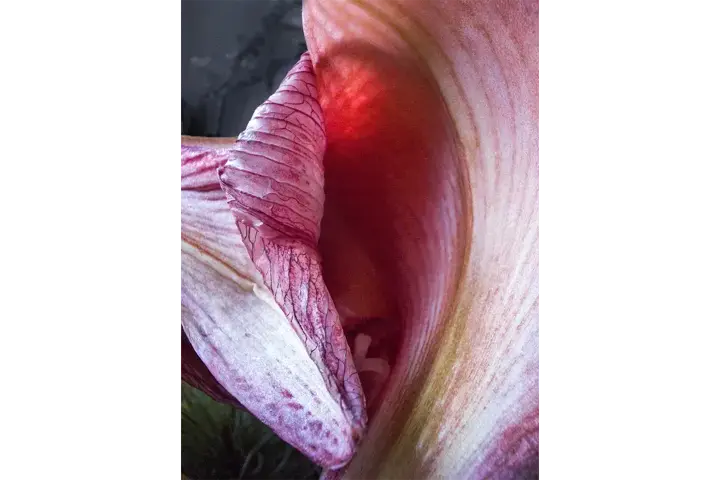
@Herlinde Koelbl
Since 2021, Leica Camera AG has been choosing a Leica Picture of the Year taken by outstanding Leica photographers, who have been inducted into the Leica Hall of Fame. To date, 13 renowned photographers have been honoured with the Leica Hall of Fame award. With the aim of sharing a piece of this success with all Leica enthusiasts, each Leica Picture of the Year will be on offer exclusively at the 29 Leica Galleries worldwide. These limited editions grant collectors and Leica friends alike the chance to build up a unique collection of great Leica photographs.
